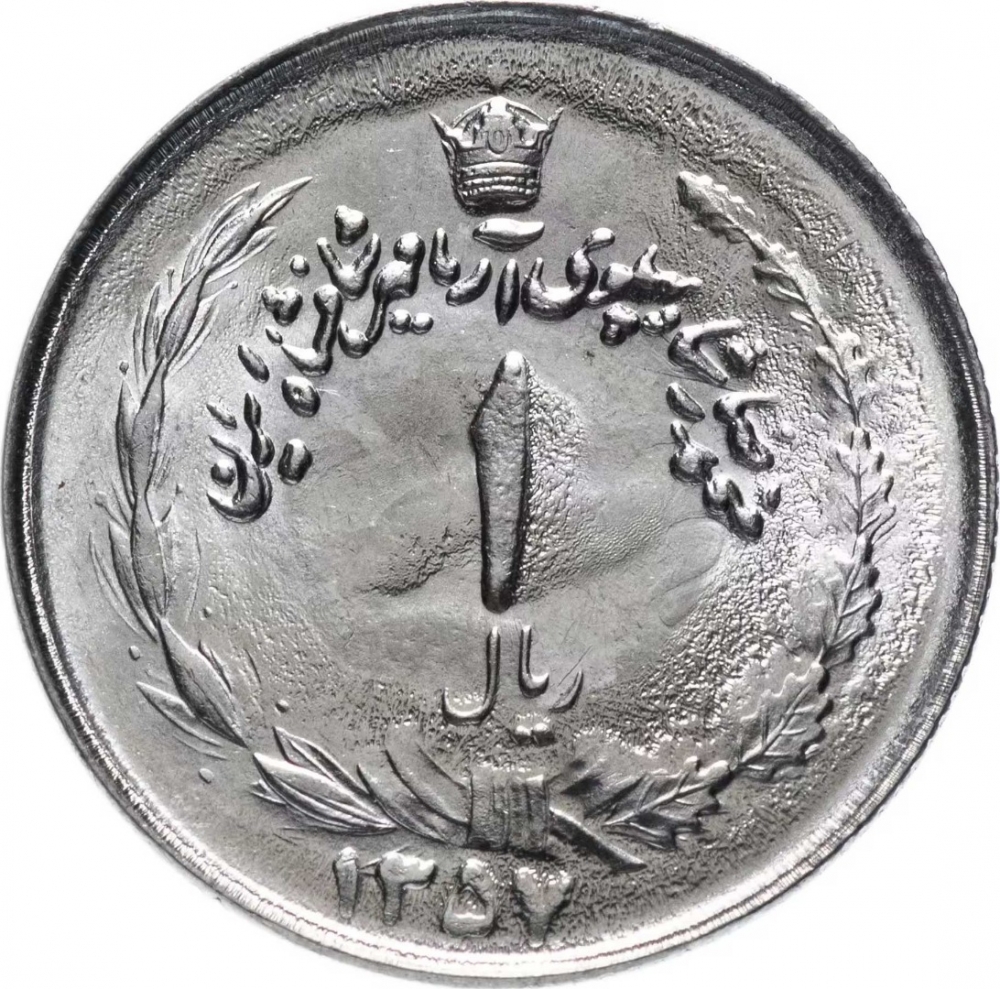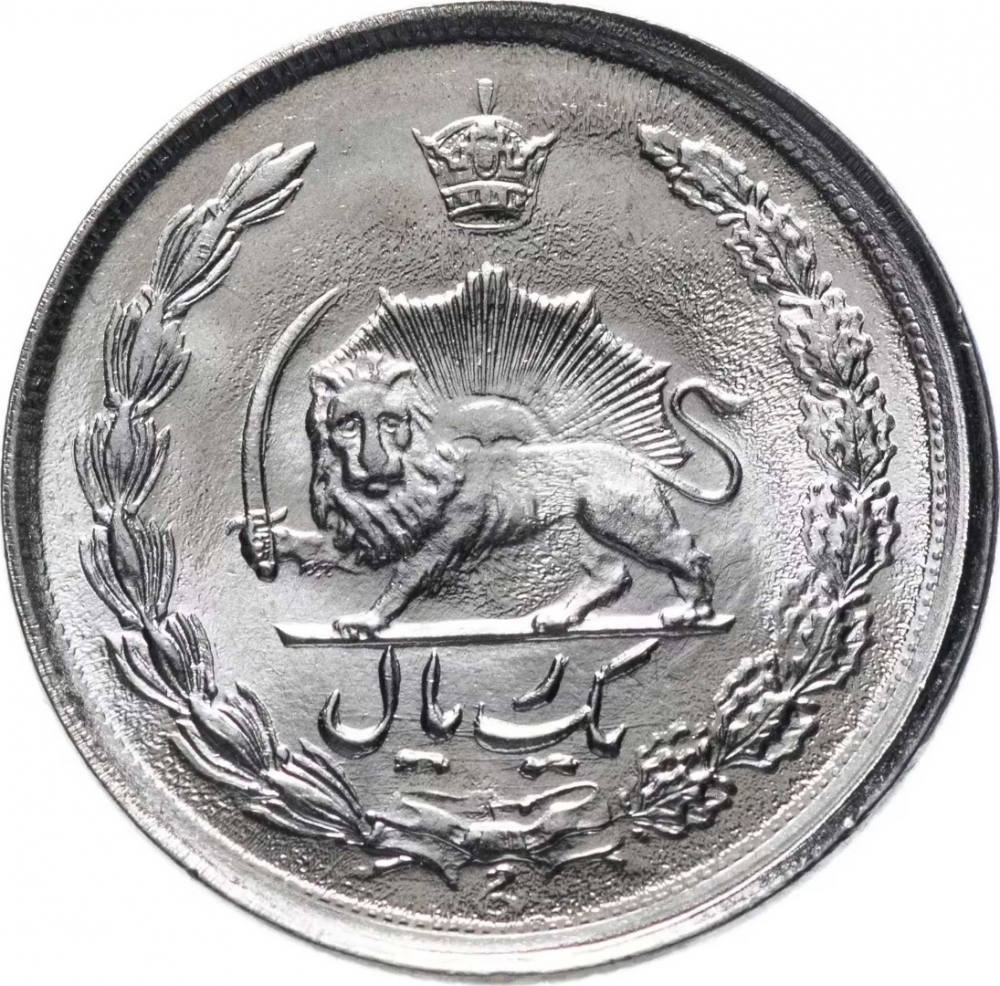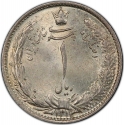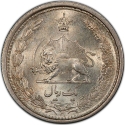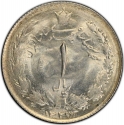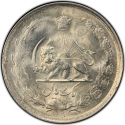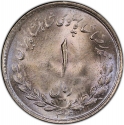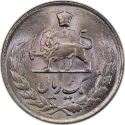You are about to finish your registration. Please check your mailbox (including spam folder). There should be a letter with a confirmation link. Check setting to make sure that your e-mail address is correct.
Send letter againDescription
Mohammad Reza Pahlavi (1919–1980) was the last Shah of Iran, ruling from 1941 until the Iranian Revolution in 1979. He pursued rapid modernization, economic growth, and Westernization through policies like the White Revolution but faced growing opposition due to political repression, widespread corruption, and increasing authoritarianism. His close ties with the West, particularly the United States, and his secret police, SAVAK, fueled resentment among various social and religious groups. Amidst mass protests and unrest, he was forced into exile in 1979, leading to the establishment of the Islamic Republic under Ayatollah Khomeini. He died in Egypt in 1980.
Obverse

|
Depicts a value within the crowned wreath, an inscription above "Mohammad Shah Shahanshah of Iran" in Persian. Date below in Monarchical Calendar System (MS) or in Solar Hejira (SH). محمد شاه شاهنشاه ایران |
|---|---|
Reverse

|
Depicts an Emblem of the Imperial State of Iran (radiant lion holding sword, 1932-1980) within a crowned wreath. Value in Persian below. یک ریال |
| Edge |
1 Rial
KM# 1172
Characteristics
| Material | Cupronickel |
| Weight | 1.77 g |
| Diameter | 18.3 mm |
| Thickness | 1.2 mm |
| Shape |
|
| Alignment | Coin |
| Mint |
Tehran Mint
|
